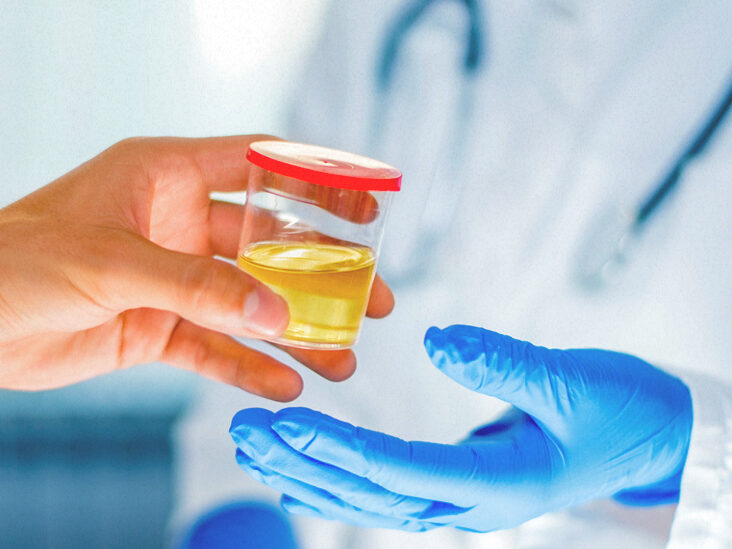At Clarityscreening, we oversee a global network of local collectors to ensure the integrity of collected specimens and maintain a rigorous Chain of Custody.
Chain of Custody is a system of controls governing the collection, processing, and storage of samples. These controls minimize the risk of accidental or deliberate tampering and ensure that laboratory results are unquestionably linked to a specific donor. Proper documentation, including details of collection, custody, transfer, and analysis, is essential for accurate record-keeping.
Verify Donor Identity:
The collector verifies the donor’s identity by confirming their photographic IC, ensuring that the specimen is obtained from the intended individual.
Maintain Chain of Custody:
We complete a comprehensive Chain of Custody Form to document the handling of the specimen from collection to analysis, ensuring accountability and reliability.
Obtain Donor Consent:
Before collecting the specimen, the donor signs and dates the collection device and provides consent for the procedure.
Implement Barcode System:
We use unique barcodes on both specimen containers and the chain of custody form to establish a clear link between the specimen and the corresponding paperwork. This ensures traceability and facilitates accurate matching of final results with the correct donor.
Monitor Collection Process:
During the collection process, the collector closely monitors the donor’s actions. For urine collections, donors are asked to empty their pockets and leave personal belongings before entering the restroom. Additionally, the collector conducts a temperature check of the sample to ensure its freshness and validity.
Maintain Specimen Control:
Throughout the collection process, the collector maintains strict control over the specimen and accompanying documentation to prevent tampering or contamination.
Below is the process of Urine Drug testing.

Urine Specimen can be collected on-site at your designated location or via our collection site.
It is screened onsite instantly using instant, immunoassay-based test cups.
Specimen with non-negative result will be sent to the laboratory for confirmation testing. A non-negative specimen is not the same as a positive drug test and must not be used to the detriment of the donor.

The specimen will be immediately sealed, bar-coded, and dispatched to the SAMHSA UKAS ISO:17025 or similar accredited laboratory facility for confirmation testing.
The accredited laboratory uses state-of-the-art and fully accredited LCMS or/and GC/MS techniques to screen samples for the presence of the particular drug that was found to be present in the above screening test.

Positive results will feature a concise conclusion or statement of findings provided by the reporting Medical Review Officer (MRO).
For instance, if a positive test involves a drug type permissible for medicinal purposes within the country, the report will indicate whether the specimen donor declared any related medication during sample collection and whether the substance quantity aligns with a therapeutic dose.
For more information, please send an inquiry using the contact form.
